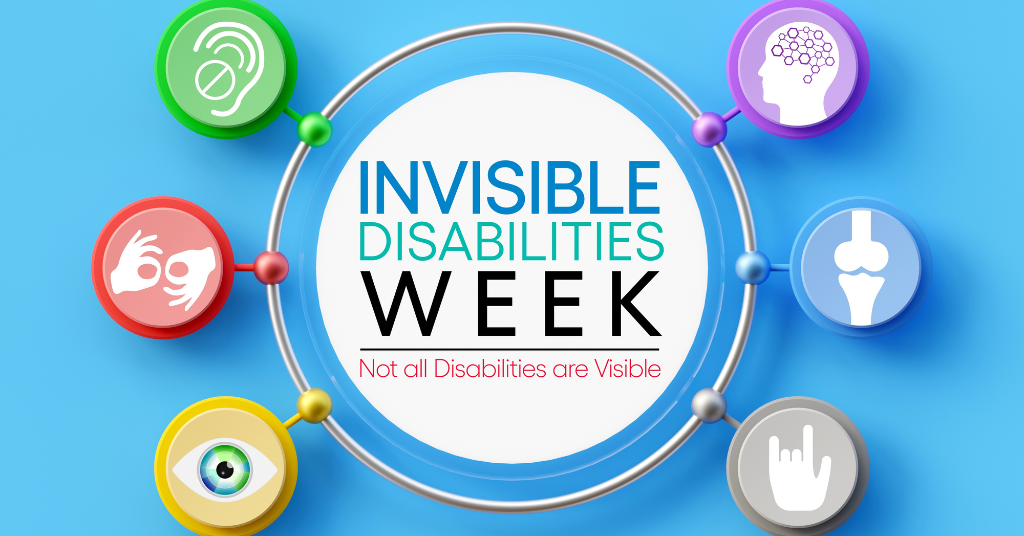
Deaf woman hopes to drive change after going viral
September 17, 2021
Demonstrating sustainability in deaf leadership
September 21, 2021Cherishing Deaf History: Recognizing the Challenges of our Past

This month we’re celebrating Deaf Awareness Month, an initiative of the World Federation of the Deaf (WFD), which corresponds with International Week of the Deaf People 2021. Today, Sept. 20, the theme is “Cherishing Deaf History.”
Today we’re taking a look at oralism; how it started and the important role it played in Deaf history. Today, people with all levels of hearing loss are widely free to be who they are and engage with the different aspects of d/Deaf culture proudly and shamelessly. For years, however, some d/Deaf individuals were told to live outside of that culture; which was a conflict for their identities and individualities.
Changing the acceptance of d/Deaf culture didn’t happen overnight. Here’s a look at how d/Deaf culture and history have evolved.
The History of Oralism
German teacher, Samuel Heinicke is held largely responsible for starting what we officially now know as oralism. Although he was heavily influenced by a text called ‘The Speaking Deaf’ translated from the Swiss ‘Surdus loquens’ by Amman, Heinicke was the first to name the process of oralism in his written work on the subject, according to VeryWellHealth.com. This would give him the title of the ‘Father of the German method.’ He took his beliefs and advocated them all across Europe, convincing many that the ability to speak was strongly linked with the development of thought process.
Alexander Graham Bell is also a name both d/Deaf and hearing people will recognize for his role in deaf history, and probably for very different reasons. For the hearing, Bell is known as the guy who invented the telephone. However, there are theories that Bell also used the platform he gained from his invention to advocate his strong belief that oralism was the correct method in which to educate the Deaf, according to VeryWellHealth.com. He spent much of his life studying the physiology of speech and taught his deaf students using a universal alphabet called ‘visible speech’ which was invented by his father. Bell became instrumental in the oralist movement and he strongly advocated for ‘visible speech’ over manualism.
Milan Conference of 1880
The Milan Conference was the Second International Congress on Education of the Deaf, which saw educators from all around the world gather to discuss the argument of oral versus manual education.
The conference was an unfortunate setback for the Deaf community, as it resulted in the United States congress endorsing oralism and officially banning sign language in classrooms.
Perhaps this wouldn’t have been so shocking at the time, if Deaf communities hadn’t already started advocating for their own rights and demonstrating successful communication using sign language. For example, at Martha’s Vineyard, an island located in Massachusetts, Deaf and hearing people coexisted happily for hundreds of years dating back from the early 18th Century. Because of a high Deaf population, the island’s residents created Martha’s Vineyard Sign Language (MVSL) which was used by both the Deaf and hearing to eliminate any communication barriers that would create division. The community served as living proof that cohabitation is possible and that sign language is beneficial to society.
However, hearing educators continued to make the laws and decisions for Deaf people.
Deaf Education in History
Until the 1970’s sign language was still forbidden in many classrooms, with lots of Deaf teachers being replaced with hearing.
Some people with hearing loss were being restricted to oral communication, which was harmful to their identities and ability to learn. Many were denied access to a dignified and high quality education that would have set them up for the future they deserved, according to the UCL Economic and Social Research Council.
Sign language is an important part of Deaf identity, and taking that away meant denying a community the right to live out the full expressions of who they are. Thankfully, the discrimination wouldn’t be tolerated forever. Change was coming.
Read more: How Sign Language Helped me Accept my Hearing Loss
Voices For the Deaf
In 1960 William C. Stokoe, an English scholar who joined Gallaudet University in 1955, published a dissertation advocating for sign language to be recognized as an official language. His groundbreaking research provided hard evidence set by linguists that sign language was more than just a visual aid, and was in fact a fully formed language with its own structure and impressive vocabulary. More than this, he was able to prove that children could develop a full range of cognitive skills through using sign language, according to the National Science Foundation. His work would change educators’ perception on sign language and in 1965 he would go on to publish the Dictionary of American Sign Language on Linguistic Principles. His research is considered to have revolutionized education for Deaf children in the United States.
The 1970’s would see a move into a civil rights era, which also meant rights for d/Deaf individuals.
Resilience of the Deaf Community
Deaf communities have surprised the world time and time again, and shown it they are not to be underestimated. One great example is provided by a community in 1979 South America, when there was an overthrow of the Somoza regime by the Sadinistas. Out of it was born a new language; the Nicaraguan sign language. It is the only language on record that was created without the influence of other languages from its birth, according to AtlasObscura.com. Even more remarkably, it was created by Deaf children. An entire language with its own individual vocabulary, behaviors and rules. They proved that signed communication between people who live in silence has always been inherently instinctive.
Read more: A brief history of Black Deaf people in America
Cherishing Deaf History
The countless stories of those within the d/Deaf community who fought against discrimination is what makes Deaf history one we can take pride in and cherish. However wrong the past may have gotten it, today, we can thank them for setting us on a better path.
As members of the d/Deaf community, it is our duty to honor our extraordinary, complex history by learning, exploring and celebrating the victories and defeats of times before us, and advocating for the challenges that still exist.
Join us on social media to find ways you can advocate for the deaf community, or apply now to be a Phonak hEARo.



